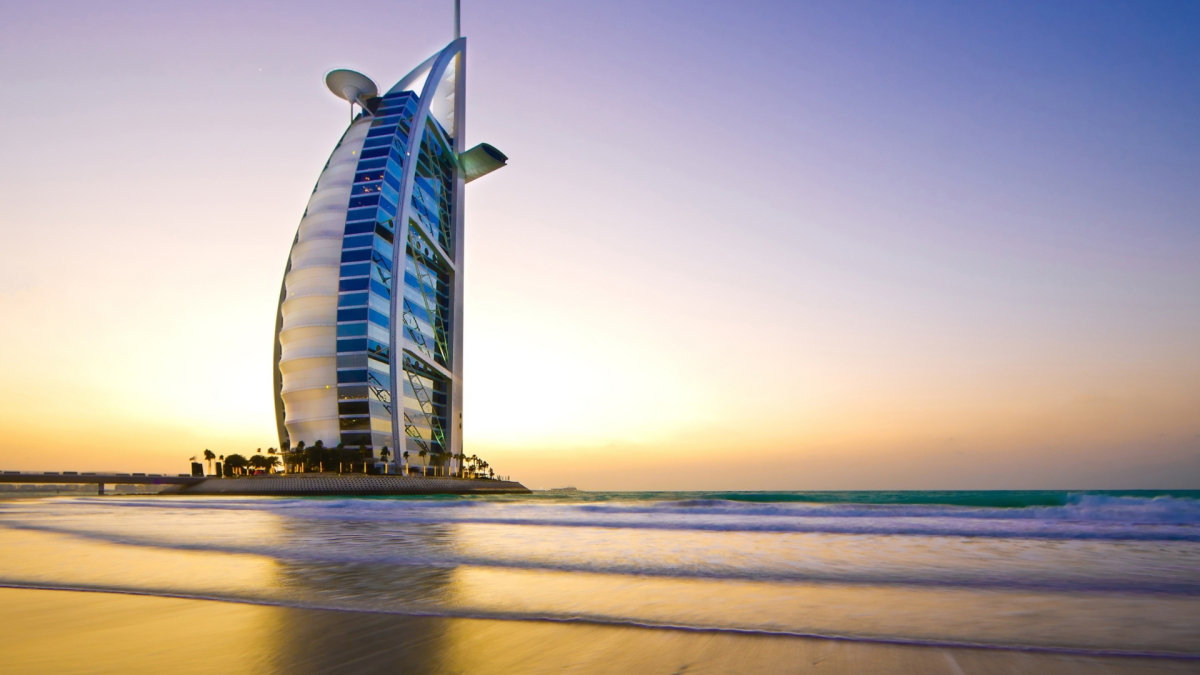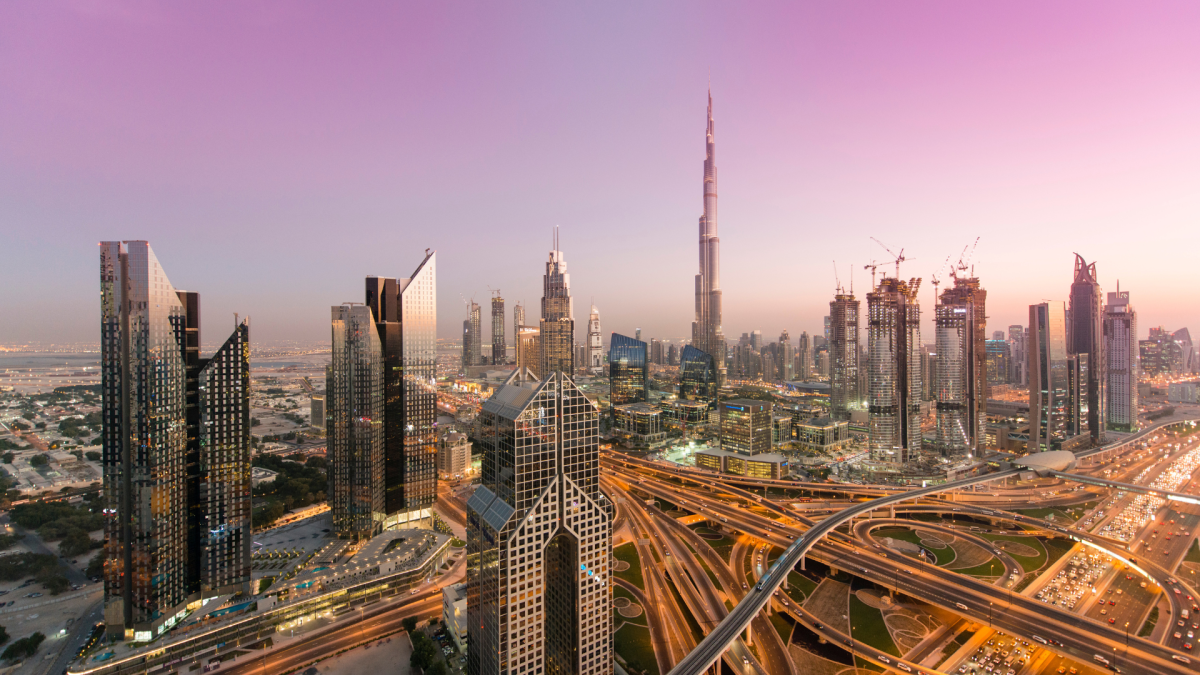





Dubai has firmly secured its position as one of the world’s premier destinations for wealth, with its millionaire population more than doubling over the past decade. According to the 2025 World’s Wealthiest Cities Report by Henley & Partners in collaboration with New World Wealth, the city now boasts 81,200 millionaires, 237 centimillionaires (those with net assets exceeding $100 million), and 20 billionaires—all figures measured in U.S. dollars.
This represents a 102% increase in millionaires since 2014, catapulting Dubai to 18th place globally among cities with the highest concentration of wealthy individuals. Once a regional trading outpost, the emirate has evolved into a global magnet for high-net-worth individuals (HNWIs), driven by a strategic blend of policy, infrastructure, and lifestyle appeal.
The numbers tell a compelling story—but the narrative behind them is even more striking. Dubai’s rapid transformation into a leading wealth hub is the result of deliberate, long-term planning and economic foresight. The city has actively cultivated an environment that not only attracts capital but also allows it to flourish.
Business-friendly regulations, political stability, and an ambitious infrastructure agenda have made Dubai a destination of choice for global investors, entrepreneurs, and family offices. Financial free zones such as the Dubai International Financial Centre (DIFC) have played a key role, as has the introduction of investor-friendly policies like long-term residency through the Golden Visa program.
Dubai’s booming luxury real estate market stands as a visible marker of this wealth influx. High-end developments are consistently in high demand, often snapped up by cash buyers from abroad. These purchases aren’t just for investment—they’re a statement of intent, with many HNWIs choosing to relocate and make Dubai their primary residence.
Residency initiatives have made this transition smoother. The Golden Visa, along with other investor visa options, has simplified long-term settlement for the wealthy, helping convert interest into tangible growth. Combined with a zero-income tax policy and top-tier amenities, the city offers both financial incentives and lifestyle rewards.
Dubai’s geographic advantage cannot be overstated. Situated at the intersection of Europe, Asia, and Africa, the city lies within an eight-hour flight of two-thirds of the world’s population. This centrality positions it as a key node for international business, trade, and high-net-worth migration.
The emirate’s appeal also extends beyond its borders. While Dubai leads the charge, other Middle Eastern cities like Riyadh and Jeddah are also seeing notable increases in millionaire populations. Forecasts suggest that the number of centimillionaires in the region could rise by 150% over the next 16 years, marking the Middle East’s growing prominence on the global wealth map.
Dubai’s ascent contrasts with trends seen in some traditional wealth centers. London, for example, has fallen out of the world’s top five wealthiest cities, having lost 11,300 dollar millionaires in the past year alone—a decline influenced by rising taxes and Brexit-related uncertainties.
Meanwhile, New York City maintains its title as the wealthiest city in the world, home to 384,500 millionaires, including 818 centimillionaires and 66 billionaires. Yet Dubai’s momentum suggests a broader rebalancing of global wealth, where emerging centers challenge long-standing leaders.
Dubai’s trajectory is not just about accumulating wealth—it’s about shaping the future of it. With continued investments in innovation, sustainable urban development, and entrepreneurial ecosystems, the emirate is positioning itself not just as a destination for the wealthy, but as a creator of wealth in its own right.
As the global economy undergoes seismic shifts, Dubai is proving to be more than just a beneficiary of capital migration—it’s becoming a driver of new economic paradigms. In the decades to come, it’s clear that Dubai will not merely host the world’s wealthy—it will help define what wealth looks like in the 21st century.